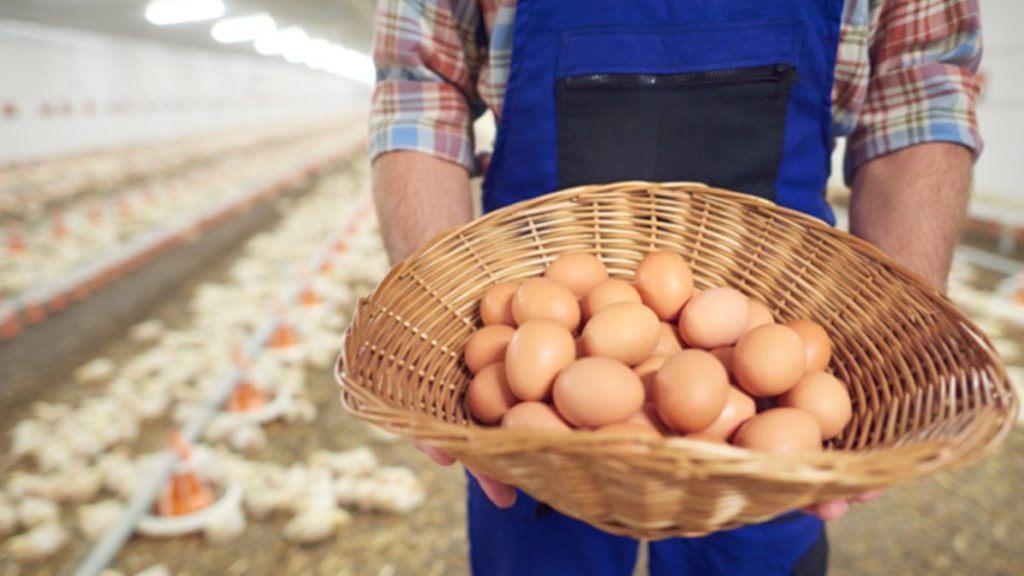The success of a poultry farm significantly hinges on various factors, with lighting conditions playing a pivotal role in maximizing egg production. The right lighting can stimulate hens to lay more eggs, making it a crucial aspect of poultry management. This introduction highlights the importance of optimizing lighting conditions to enhance egg production in poultry farms.
Understanding the Role of Lighting in Egg Production
Lighting is not just about ensuring your poultry can see. It deeply influences the physiological processes of hens, directly impacting their egg production. Scientific studies have shown that specific light frequencies and durations can significantly increase the number of eggs hens lay. Exposure to light affects the pineal gland in hens, which plays a key role in egg-laying processes by influencing hormone levels. This makes understanding and implementing the right lighting conditions a key to success in the poultry business.
Moreover, the debate between natural versus artificial lighting and its effects on hens’ productivity is ongoing. While natural sunlight is beneficial, it is not always available or consistent. Here, artificial lighting, specifically designed for chicken coop lighting for egg production, fills the gaps, ensuring that hens receive a balanced light exposure conducive to optimal egg-laying.
Types of Lighting for Poultry Farms
Poultry farms can choose from various lighting options, each with its own set of benefits. Traditional incandescent bulbs are being phased out for more energy-efficient and effective solutions like fluorescent bulbs, high-intensity discharge (HID) bulbs, and LED lights. Among these, poultry LED lighting stands out due to its efficiency, longevity, and ability to produce a spectrum of light beneficial to poultry.
LED lighting, in particular, offers significant advantages over traditional lighting methods. These lights consume less energy, have a longer lifespan, and can be customized to emit specific light wavelengths that are known to enhance egg production. LED lighting is an increasingly popular choice for modern poultry farmers seeking to optimize their operations and boost productivity.
Optimal Lighting Conditions for Egg Production
Achieving optimal egg production rates transcends the mere act of illuminating poultry environments; it necessitates a meticulous orchestration of lighting that emulates natural conditions to the fullest extent. The crafting of ideal lighting settings to maximize egg production encompasses a comprehensive manipulation of light intensity, duration, and color, tailored to meet the nuanced requirements of hens.
Light Intensity: A Balancing Act
The intensity of light within the coop plays a pivotal role in maintaining the well-being and productivity of hens. The light must be bright enough for hens to comfortably navigate their surroundings, engage in natural behaviors, and recognize food and water sources without inducing stress or visual discomfort. However, excessive brightness can lead to aggressive behaviors and stress, adversely affecting egg production. The balance lies in finding an intensity that replicates the gentle warmth of morning sunlight, offering a serene and stimulating environment conducive to laying.
Duration: The Rhythm of Light
Equally critical to egg production is the duration of light exposure. A consistent light schedule of 14-16 hours a day mirrors the extended daylight hours of summer, a natural trigger for hens to increase egg-laying activity. This controlled exposure ensures that hens have enough time to eat, rest, and lay, aligning their biological clocks with a rhythm that promotes optimal productivity. The transition between light and dark should be gradual and mimic the natural sunrise and sunset to avoid shocking the hens’ system and to support their circadian rhythms.
Color: The Spectrum of Productivity
The spectrum of light is another influential factor in poultry behavior and physiology. Different colors of light can have varied effects on hens, influencing everything from their mood to their metabolic processes. Red spectrum lights are renowned for their ability to stimulate activity, encourage movement, and potentially increase egg production. On the other hand, blue spectrum lights emit a calming presence, reducing aggression and creating a tranquil environment for the hens. This strategic use of color can significantly impact the overall health and productivity of the flock.
A Schedule That Mirrors Nature
The cornerstone of implementing effective lighting in poultry farms lies in creating a lighting schedule that closely simulates natural daylight patterns. This involves a gentle increase in light intensity at dawn, maintaining a steady level throughout the day, and then a gradual decrease as dusk approaches. This rhythm not only aligns with the hens’ innate biological processes but also minimizes stress, thereby fostering a conducive atmosphere for health and productivity. Such a schedule supports the hens’ natural lifecycle, promoting regular and healthy egg production.
Incorporating light intensity, duration, color, and a naturalistic schedule into the poultry lighting strategy can significantly elevate egg production. Farmers can ensure their flocks are healthier and more productive by meticulously crafting an environment that mirrors the natural conditions in which hens thrive. This holistic approach to lighting transcends traditional farming methods, paving the way for a more sustainable and efficient future in poultry egg production.
Conclusion
In conclusion, the strategic use of lighting in poultry farms can significantly enhance egg production. Understanding the role of light in hen physiology, choosing the right types of lighting, and creating optimal lighting conditions are key steps to achieving this goal. As we move towards more sustainable and efficient farming practices, solutions like Hontech-Wins’ poultry LED lighting emerge as frontrunners, offering poultry farmers a way to boost productivity while reducing operational costs. By embracing these advanced lighting solutions, farmers can ensure their poultry receive the best possible conditions for maximum egg production, marking a significant step forward in the journey towards more efficient and productive poultry farming.
